
What does a zoo vet do?
Posted on: 7 July, 2025
Our Head of Veterinary Services and Conservation Medicine, Dr Michelle Barrows, recently gave a talk at Bristol Zoo Project called ‘Just another “no typical day” as a zoo vet’.
In this blog, you can read the content of her talk, from what a zoo vet does on a daily basis to the truly unique procedures Michelle and her team have carried out with the species at Bristol Zoo.
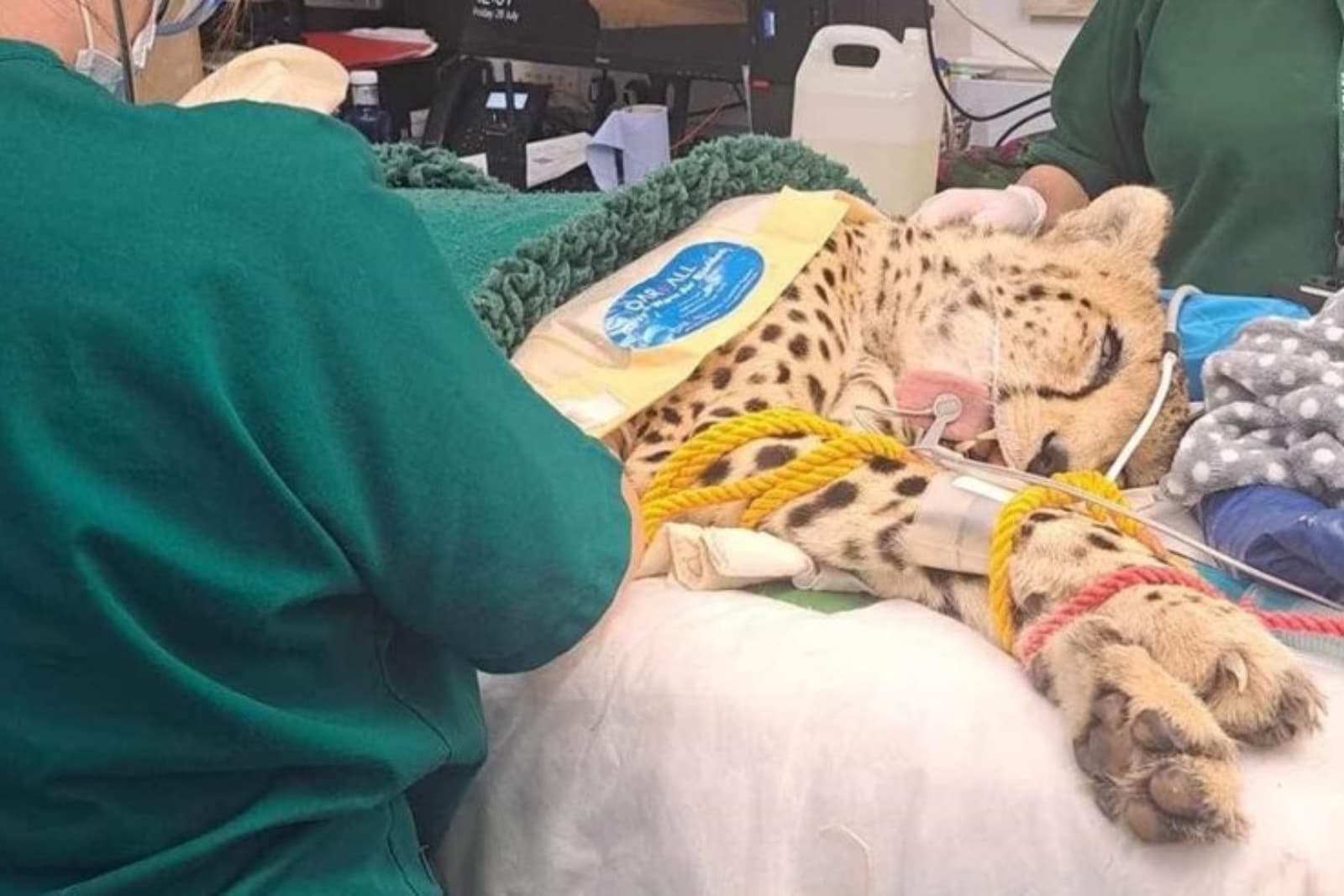
What does a zoo vet do?
In short, a huge amount! Apart from the obvious – caring for sick animals – our vets at Bristol Zoological Society also teach vet students, help out with animal transfers, get involved with conservation projects and manage animal reproduction, diets and nutrition.
Find out more about the different areas of their job below!
Preventative medicine
One of the differences between a more typical vet in practice and a zoo vet, is that most of our animals are healthy most of the time and we have a real focus on keeping them that way through preventative medicine.
When a new individual arrives at Bristol Zoo, they will usually undergo a period of quarantine before moving into their habitat and mixing with our other animals. This not only allows us to screen for and protect against any diseases that may have gone undetected, but it also acts as a useful transition period. The animal may have been on a different diet in their previous home, or come from a different climate. Quarantine allows us to monitor them closely while they gradually acclimatise to their new surroundings and lifestyle.
When we send our animals to other zoos as part of breeding programmes, we also do health checks before they leave. Lots of zoo animals are very good at hiding signs of illness, as in the wild any individual showing signs of illness would be more likely to be caught by a predator. Pre-export health checks help us to ensure that animals are fit for transport, help us to identify patterns of illness, and may help guide improvements to husbandry.
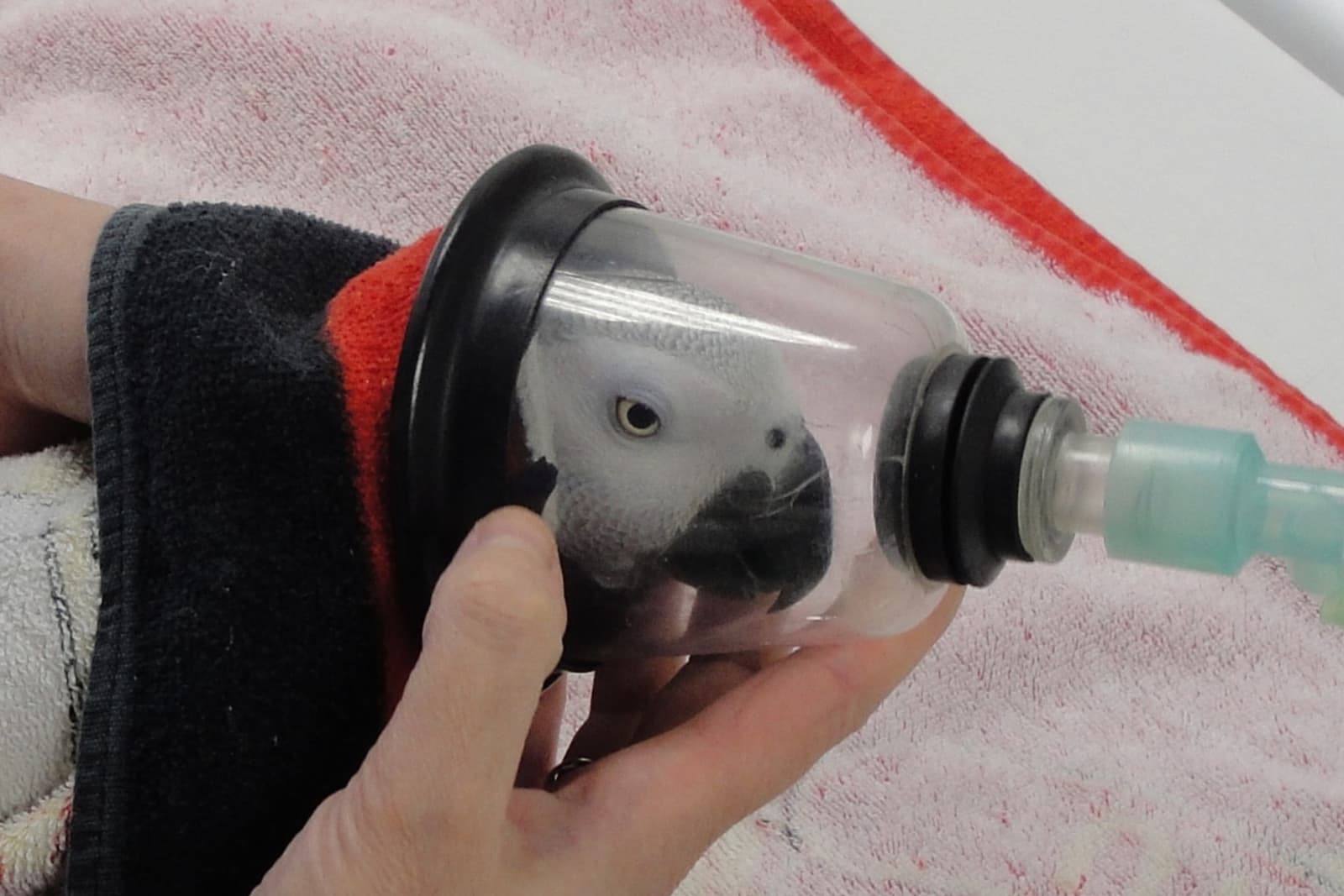
As with domestic pets and humans, vaccinations are also a key component of preventative medicine for our zoo animals. Our gorilla troop receives the human flu vaccine every winter, and we also gave them a Covid vaccine during the pandemic – their similarity to humans comes in very handy! One of the bird species we have at Bristol Zoo Project, the village weaver, is susceptible to a bacterial infection called yersinia, so every autumn the vet team vaccinates over 100 weaver birds!
Many animals across our Bristol Zoo Project and former Bristol Zoo Gardens sites undergo routine health checks from our vet team. These checks provide a comprehensive overview of the individual’s health and wellbeing, and typically involve a physical examination, blood samples, disease screening and imaging (x-rays and radiographs).
For most species, these routine checks happen every three years, but some animals such as our mountain chicken frogs have them more frequently. One key purpose, apart from highlighting any issues, is to help us establish what “normal” blood values and x-ray images are for an individual animal, so that it’s easier for us to spot any abnormalities if they become unwell later in life.
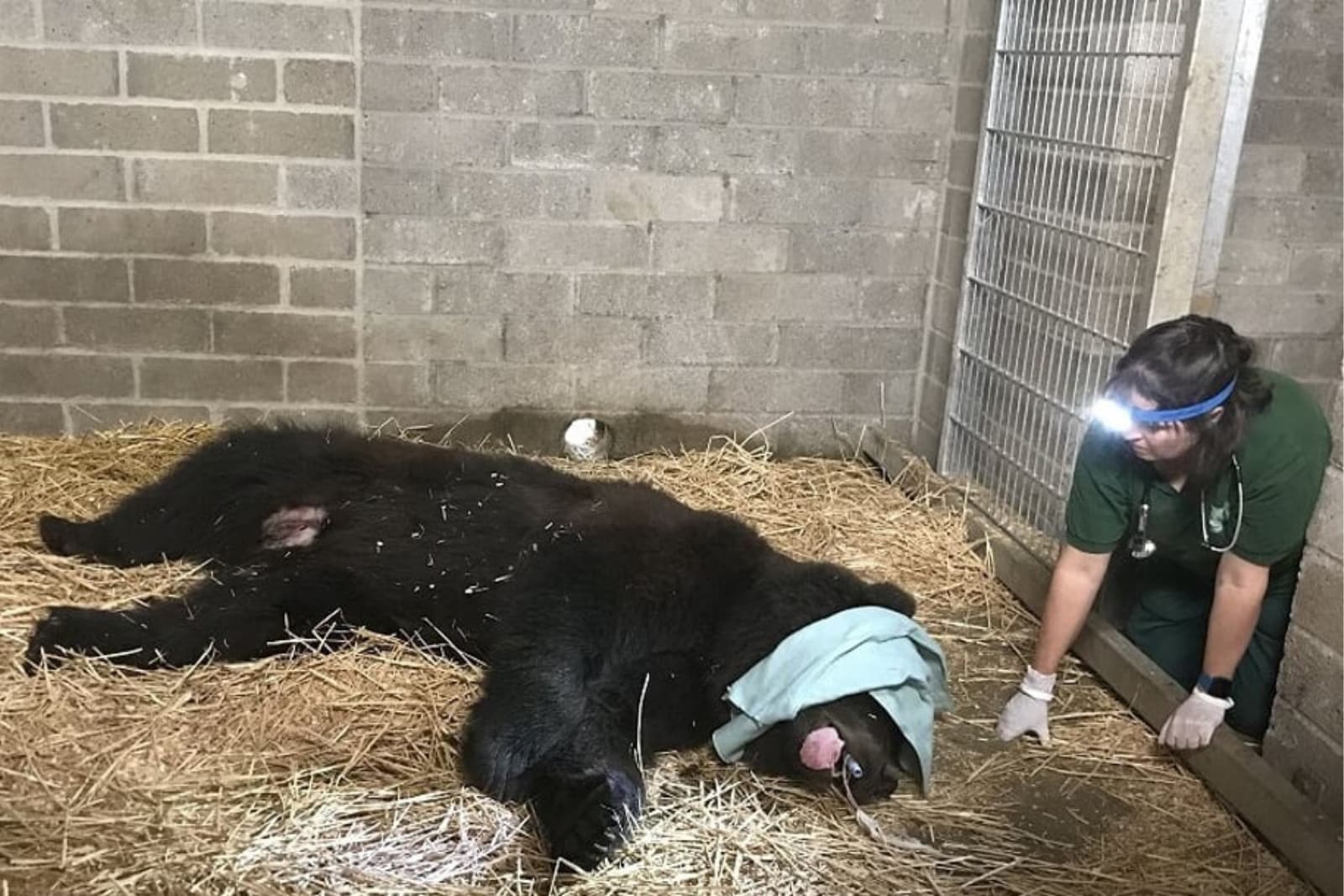
Since zoo animals live longer than they would in the wild, geriatric care also comes into play. Older animals deal with cancer, heart disease, arthritis and kidney failure just like older humans do, so they may have more frequent health checks to keep them as healthy and happy as possible.
Reactive medicine
Of course, despite all of the fantastic work our team does to protect species from sickness and disease, there will still be some individuals who fall ill.
If an animal is sick, the first step is observation of symptoms, often followed by a physical exam. Some species are more cooperative than others and can be trained to allow the vets to get a good look close-up – the more intelligent animals like red river hogs and gorillas willingly come into the exam area (especially if there’s the promise of food!).
Our zookeepers can even train some animals to allow voluntary blood draws, which means that they can stay awake for certain procedures. Our two cheetah brothers for example will stay close to the fence and allow their tails to be gently pulled through a gap so that their routine blood samples can be taken by a vet nurse!
Imaging is also a great way for vets to diagnose health issues. Our keepers have trained the two giraffes at Bristol Zoo Project, Tico and Dayo, to position their feet for x-rays, and in the past one of our gorillas with an injured hand learnt to place it on the x-ray plate for a conscious x-ray within just a couple of days!
Sometimes, however, animals will need to be anaesthetised for more complex or risky medical procedures. This might involve giving anaesthetic gas through a mask, injecting or darting the animal, putting an anaesthetic agent in the water for fish or even applying topical anaesthetic agents to their skin for amphibians.
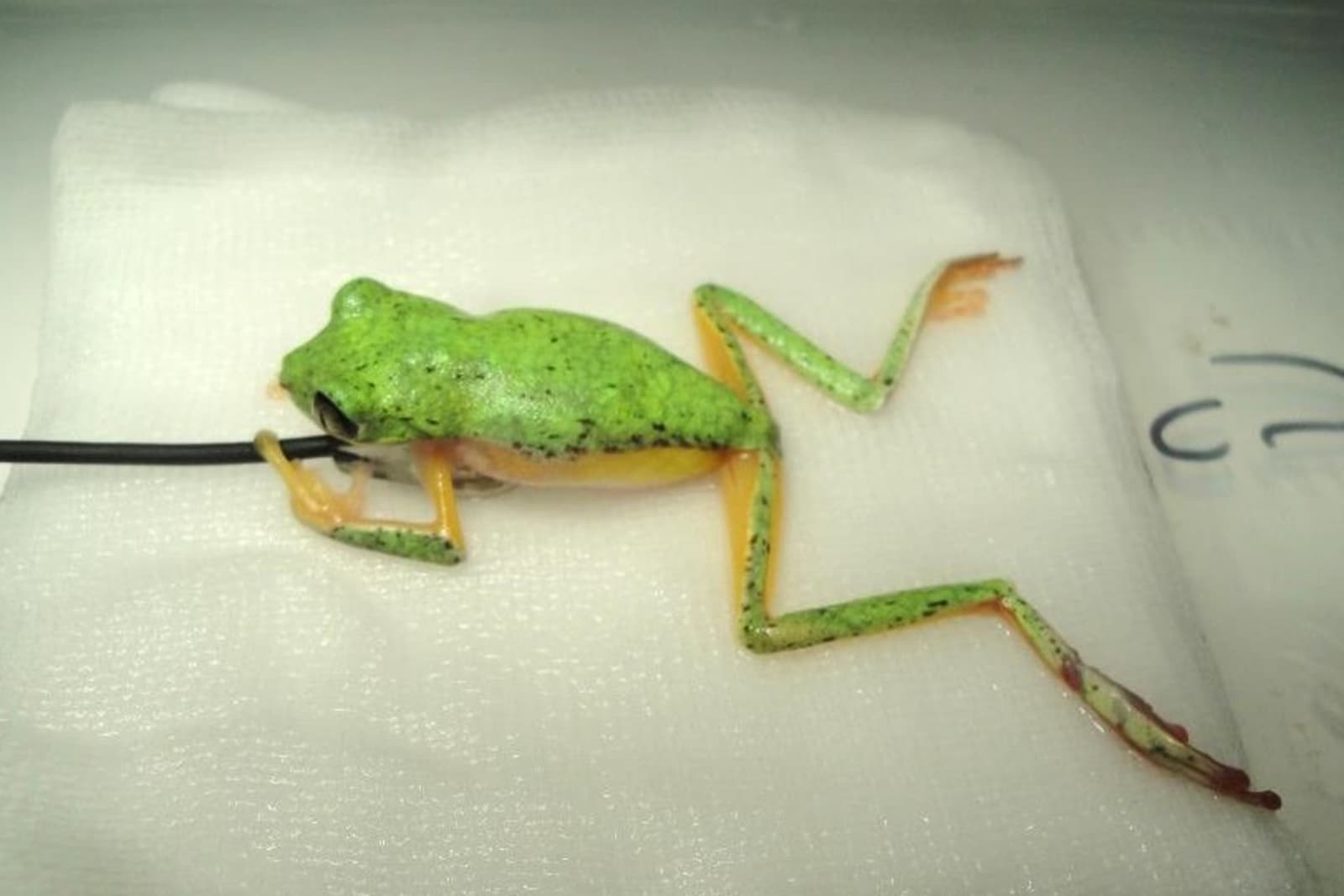
We’re very lucky that as well as our own specialists in zoological medicine, we also have a wide pool of external veterinary specialists that we can call on. Our vets sometimes take animals to Bristol Veterinary School to use their equipment, and we have a fantastic imaging specialist and veterinary dentist who both regularly help us out, as well as orthopaedic surgeons and ophthalmologists. Jock, our male silverback gorilla, even had a colonoscopy performed by doctors from the Bristol Royal Infirmary!
Reproductive management
Many of the animals we care for are involved in international breeding programmes to help secure the future of their species. Sometimes our vets will need to investigate reproductive issues or contracept animals whose genes are already well represented in the breeding programme. For example, Jock’s genes are overrepresented in the gorilla population, so our vets prescribe the birth control pill to the female gorillas.
It’s very unusual for our animals to have difficulty giving birth, but if any issues arise, the vets are on hand to help. In the last ten years we have had to carry out two emergency gorilla caesareans due to severe complications, but thanks to our fantastic team both procedures went well.
Conservation
At Bristol Zoological Society, we direct 20 field conservation projects across nine countries and four continents, and our vet team sometimes visit our project sites around the world to provide support.
Michelle has been to the CENTROP breeding centre run by our partners Silliman University in the Philippines, in order to help with their welfare and husbandry practices and carry out some health checks. She also assisted them by carrying out a disease risk assessment to protect their Critically Endangered Visayan warty pigs from African swine fever.
In Madagascar, she accompanied one of our PhD students to a project site to help gather data on the Sahamalaza sportive lemur. This involved identifying their nest holes in trees, climbing up a bamboo ladder, anaesthetising the lemurs and then fitting them with a satellite collar and performing a health check.
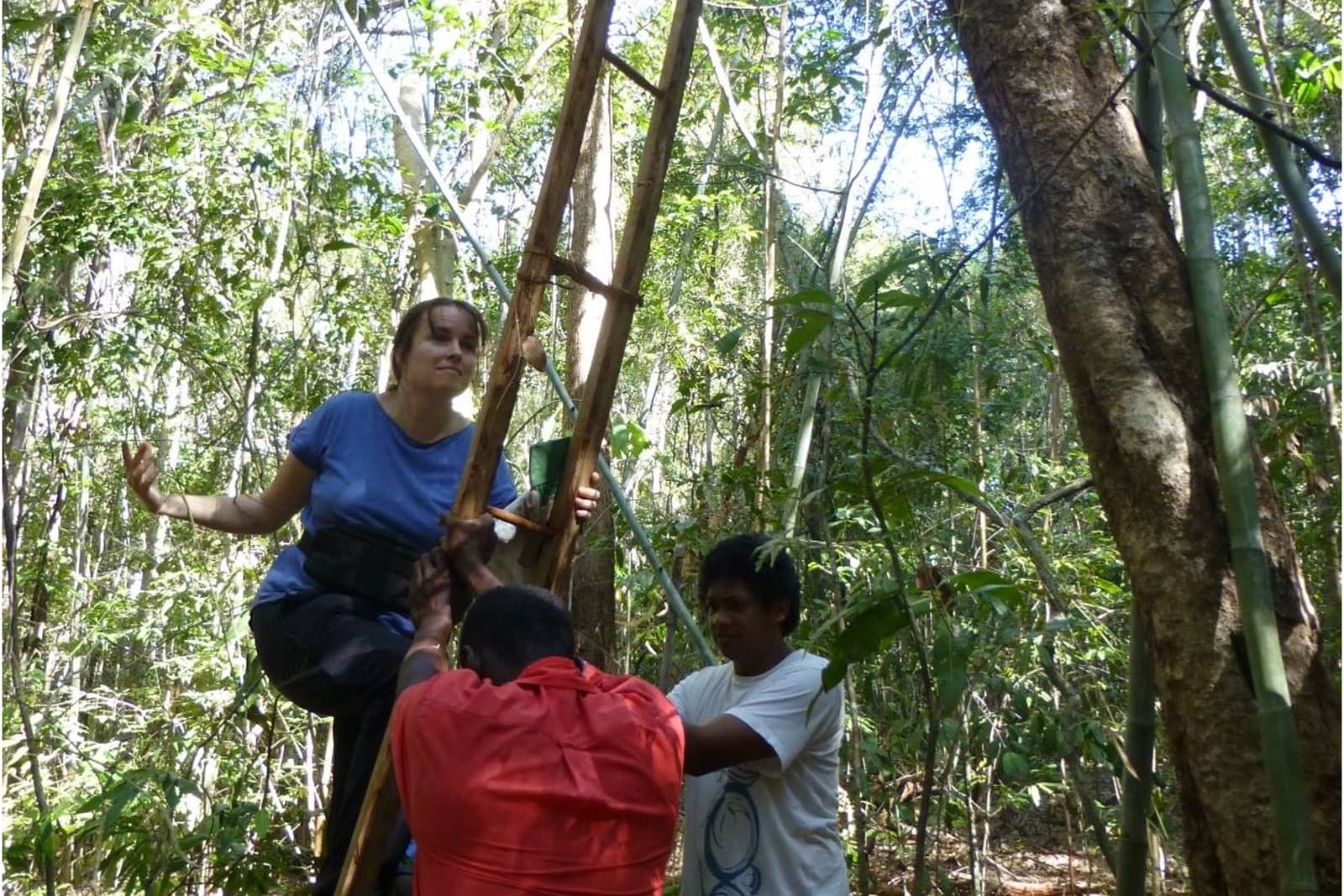
Education
Our vets do a lot of teaching on top of their already jam-packed schedules. We’re lucky enough to have close links with Bristol Veterinary School, and together we run a MSc programme in Global Wildlife Health and Conservation.
Final year vet students also come to our Bristol Zoo Project and former Bristol Zoo Gardens sites to do rotations with us and learn about the species we have and how to provide appropriate veterinary care for animals such as birds, small mammals, reptiles and native wildlife. Even if they’re not planning to work in a zoo, it’s still really useful for them to have experience working with more exotic animals as well as domestic pets, as you never know what patients you’ll get as a vet!

Want to help us save wildlife?
Become a member today for a year of wild adventure, and help protect the animals and habitats you love by supporting our conservation charity.

